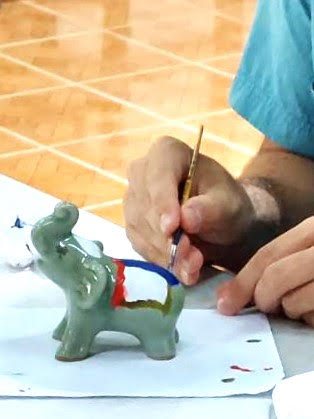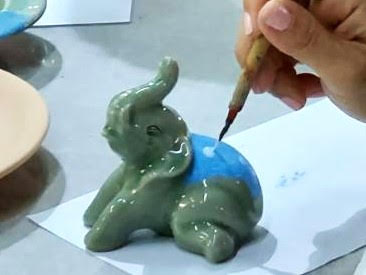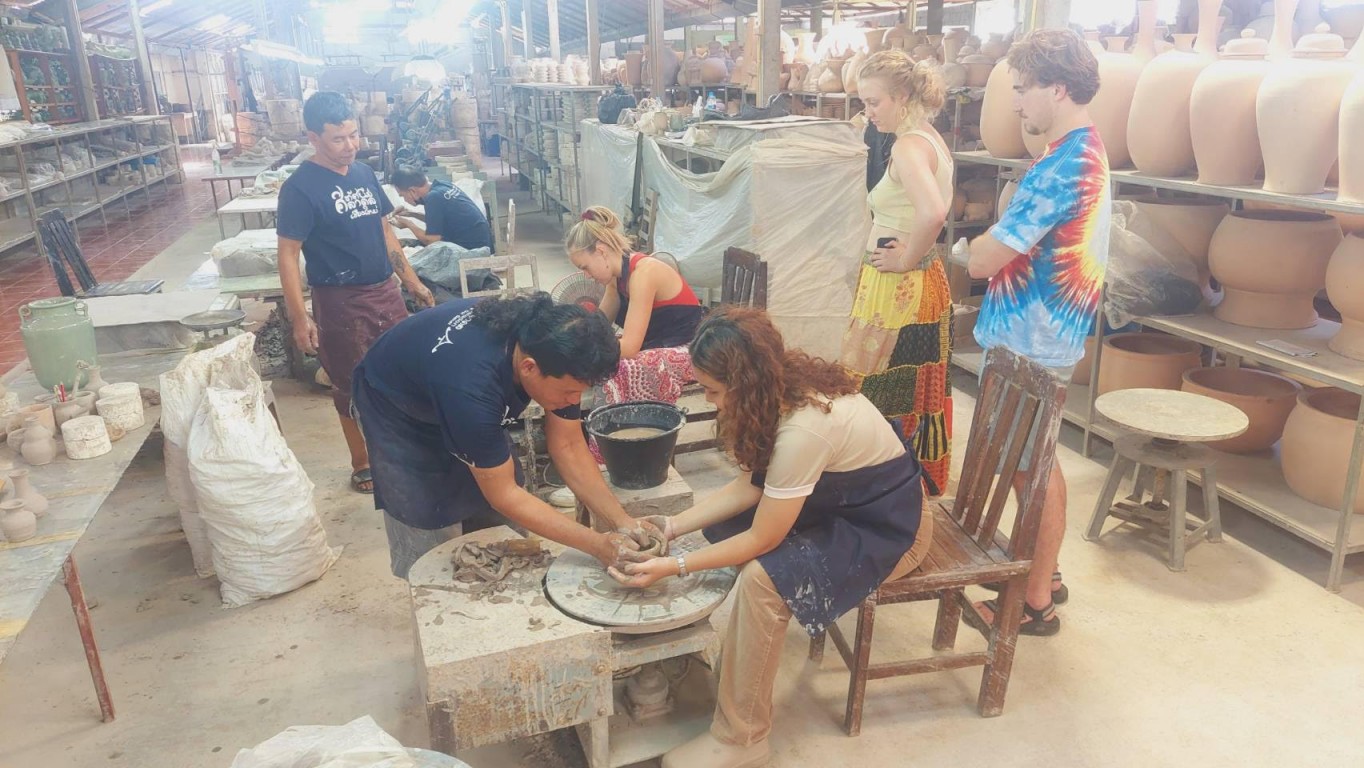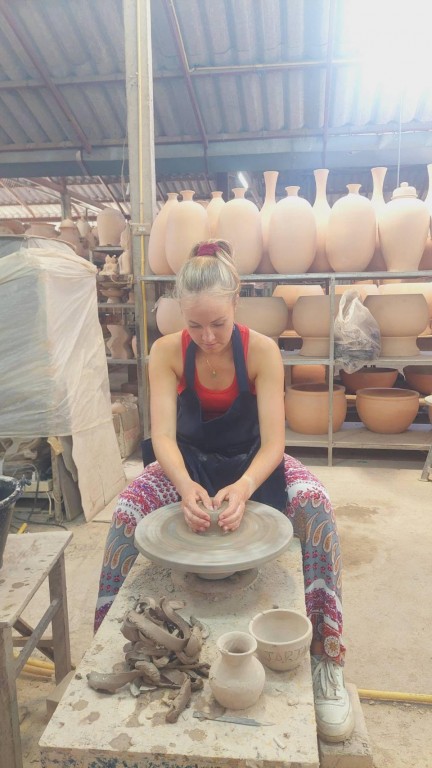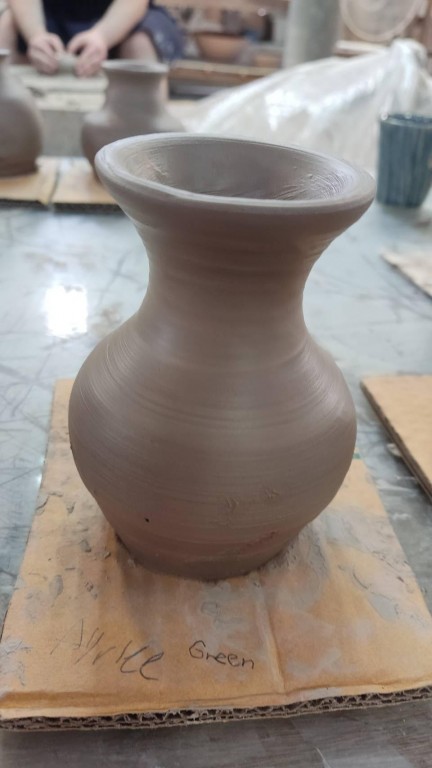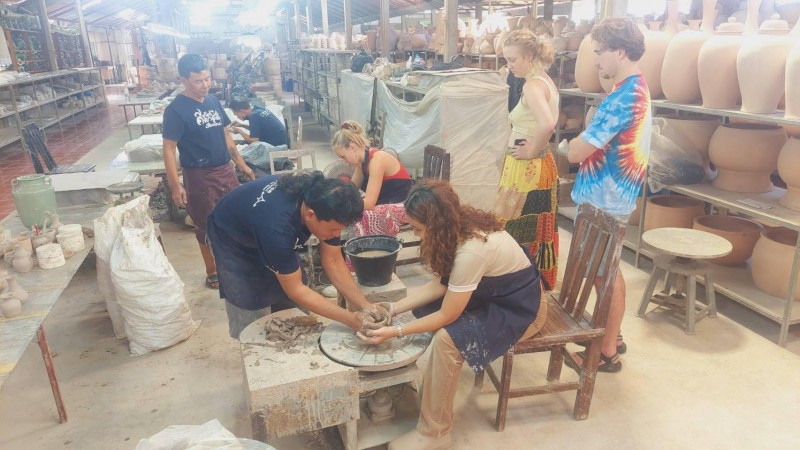
The Uniqueness of Celadon Pottery: A Workshop Overview
Celadon pottery, renowned for its distinctive emerald green glaze, is a centuries-old art form with a rich history, particularly in China and Korea. Its unique characteristics stem from a meticulous process that involves several key steps:
- Clay Selection: The choice of clay is crucial. Celadon often utilizes a specific type of porcelain clay known for its translucency and ability to hold the glaze.
- Forming: The clay is shaped into the desired form using techniques like throwing on a potter's wheel, hand-building, or molding.
- Glazing: The unique celadon glaze is applied to the pottery. It's typically composed of iron oxide, feldspar, and quartz. The iron oxide, when fired under specific conditions, produces the characteristic green hue.
- Firing: The glazed pottery is fired in a kiln at very high temperatures. The precise temperature and atmosphere within the kiln are critical for developing the celadon glaze. A reduction atmosphere, where carbon monoxide is present, is often used to achieve the desired green color.
Workshop Experience:
During the celadon pottery workshop, participants will gain a deeper understanding of this process. They can expect to:
- Learn about the history and techniques: Discover the origins of celadon pottery and its significance in cultural heritage.
- Create their own piece: Participants will have the opportunity to work with clay and create their own unique celadon pottery piece.
- Witness the glazing process: Observe how the celadon glaze is applied and its role in achieving the distinctive color.
- Learn about firing: Understand the importance of firing and the factors that influence the final outcome.
- Paint an elephant: As an additional activity, participants can paint an elephant figurine, providing a more hands-on experience and a souvenir to take home.
By the end of the workshop, participants will have a newfound appreciation for the art of celadon pottery and may even have created a piece of their own to cherish.





